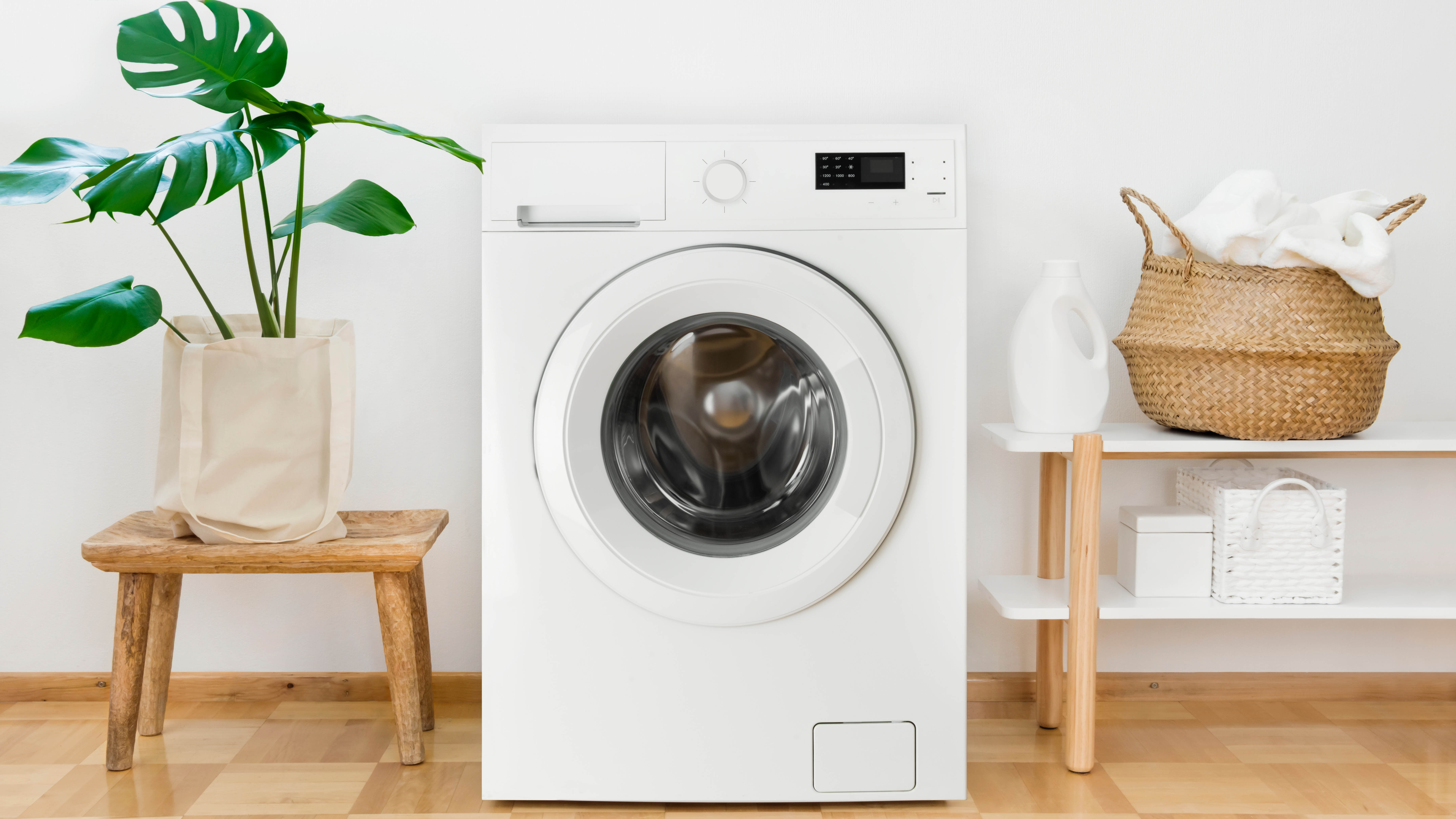
In my house, every day is laundry day, making my washing machine one of the hardest-working appliances I own. However, even if you have one of the best washing machines, it still needs care and attention to ensure laundry day remains a breeze rather than inciting washday blues.
While I’d be happy to plug my washing machine into the socket and forget about any kind of maintenance, I know that living in a hard water area puts my washing machine at greater risk. Hard water minerals can build up in the wash tub and in other out-of-sight areas, damaging the mechanisms, especially the heating element, impacting the machine’s performance, and reducing its lifespan.
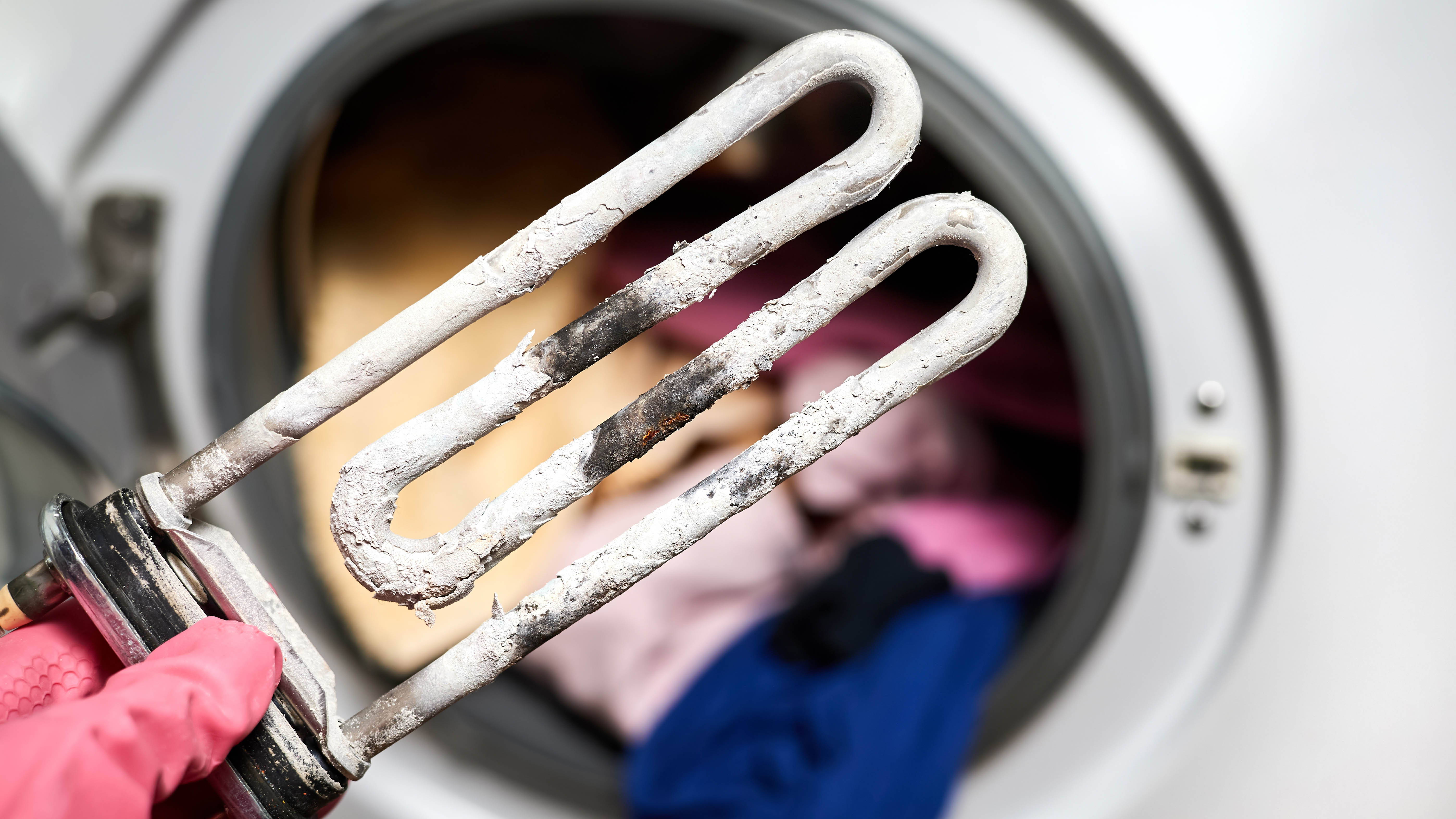
However, according to a recent survey by washing machine manufacturer AEG covering consumers in the U.K., 11% didn’t know washing machines can be affected by limescale, with nearly half of those surveyed admitting to never de-scaling their machines.
However, the U.K. isn't alone when it comes to this problem. According to the Environmental Protection Agency, 85% of Americans live in hard water areas, with the worst states in the country for water hardness being New Mexico, Oklahoma, Texas, Kansas, South Dakota, Wyoming and Arizona. The worst U.S. cities for water hardness are Indianapolis, Las Vegas, Minneapolis, Phoenix, San Antonio and Tampa.
But living in an area with hard water needn't be a problem because it doesn’t take much time (or money) to stay on top of washing machine maintenance. Michael Forbes, Product Specialist at AEG, told Tom's Guide, “A quick maintenance wash should be done at least once a month to keep the machine in the best possible condition and ensure clothes come out looking their best.”
If your washing machine doesn’t have a maintenance program, check your manual to find out, then, run it at a 130°F cycle with an empty drum. The hot wash will get rid of any bacteria, gunk, or old water stuck in your machine.
3 cheap hacks to clean your washing machine
When putting your machine on a hot wash, Forbes suggests adding one of three cheap household cleaning aids into the drum to give it an extra blitz. What's more, they are all natural and come in at under a dollar a go.
Furthermore, it's important to de-scale your washing machine somewhat regularly. As Forbes notes, you should look to de-scale your machine "every six months to clean the tub and the area you can’t see surrounding the metal drum to remove any bacteria and limescale build-up.”
1. Soda Crystals
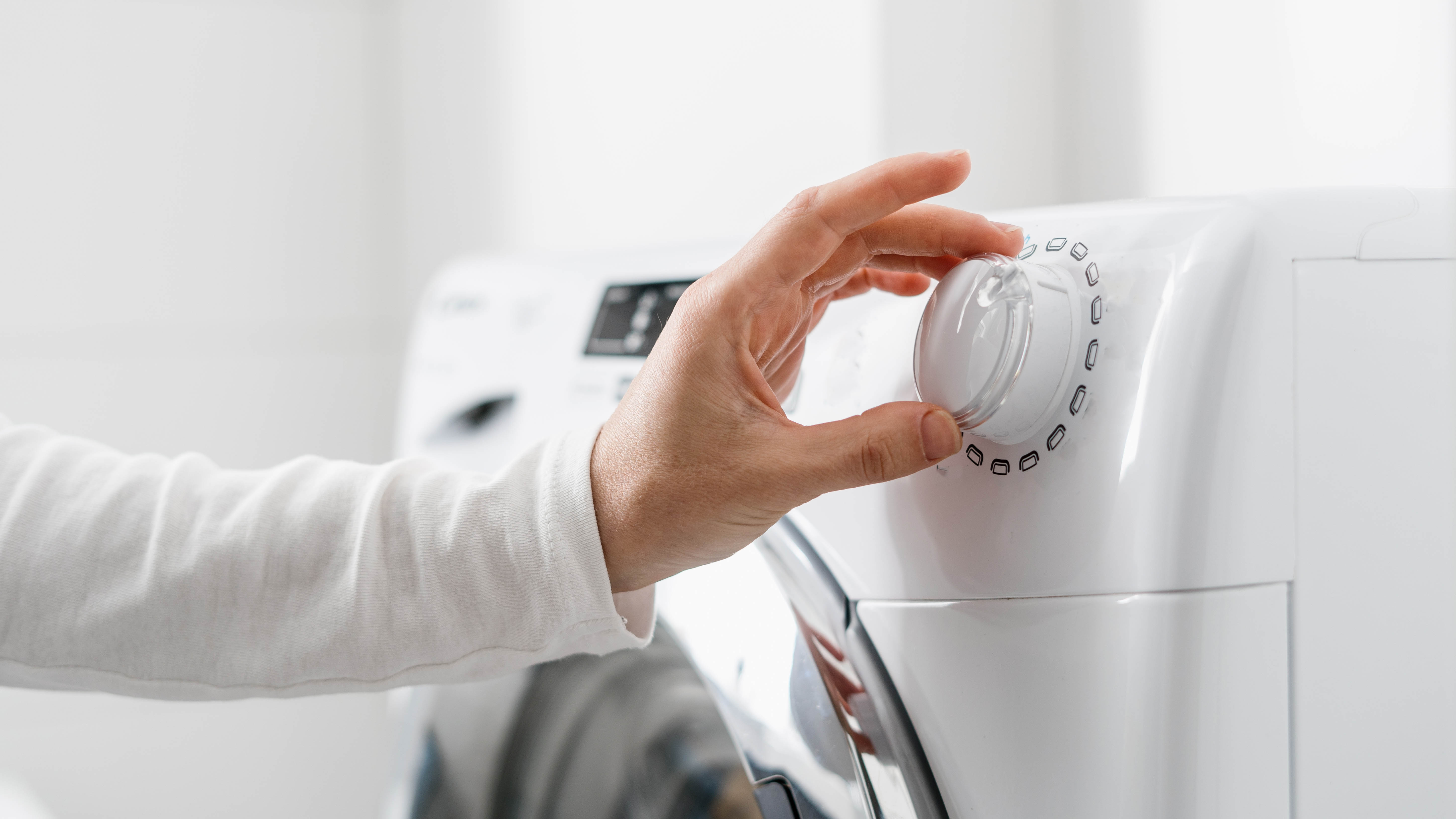
These magic crystals remove limescale and detergent build-up and deodorise your machine. With 3-in-1 power, add one cup of soda crystals to your machine and set it on a hot or maintenance wash. Try this 2.2lb bag of Dri-Pak soda crystals ($17, Amazon).
Tip:
Soda crystals can also be added to your normal wash to boost cleaning power, as they help remove stains and soften water. Dri-Pak suggests adding 0.9oz per wash if you have medium water, 1.8oz for hard water and 2.6oz for very hard water.
2. Lemon juice or white vinegar
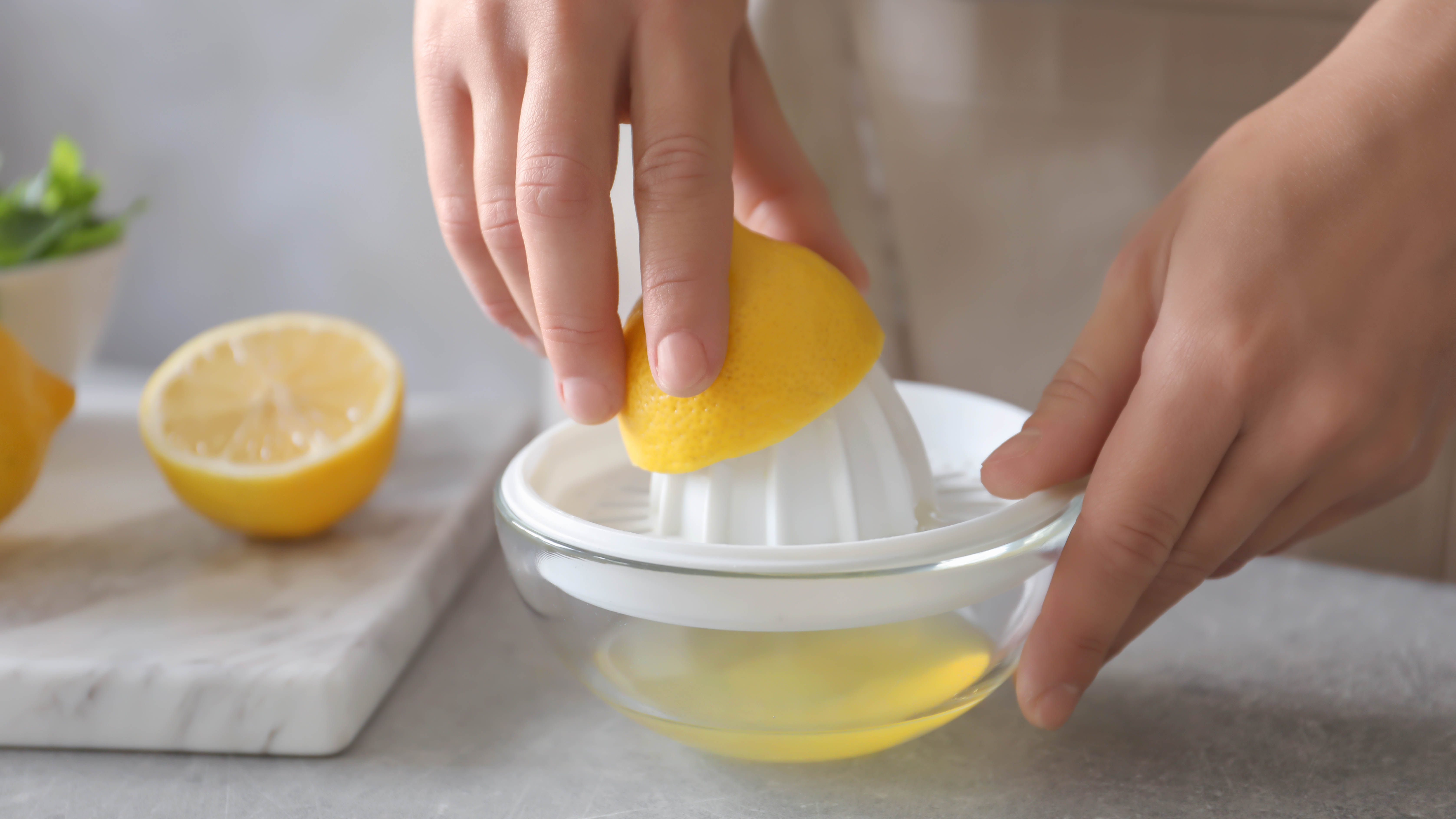
These common household ingredients are inexpensive and can be added to an empty hot wash to remove bacteria build-up. Simply pour two cups of lemon juice or white vinegar into the tub and run a full cycle on the hottest setting.
If you have a front-loading washing machine, put the lemon juice or white vinegar into the dispenser instead.
It’s surprising how staple kitchen ingredients like lemon and vinegar can help with your laundry.
3. Bicarbonate of soda
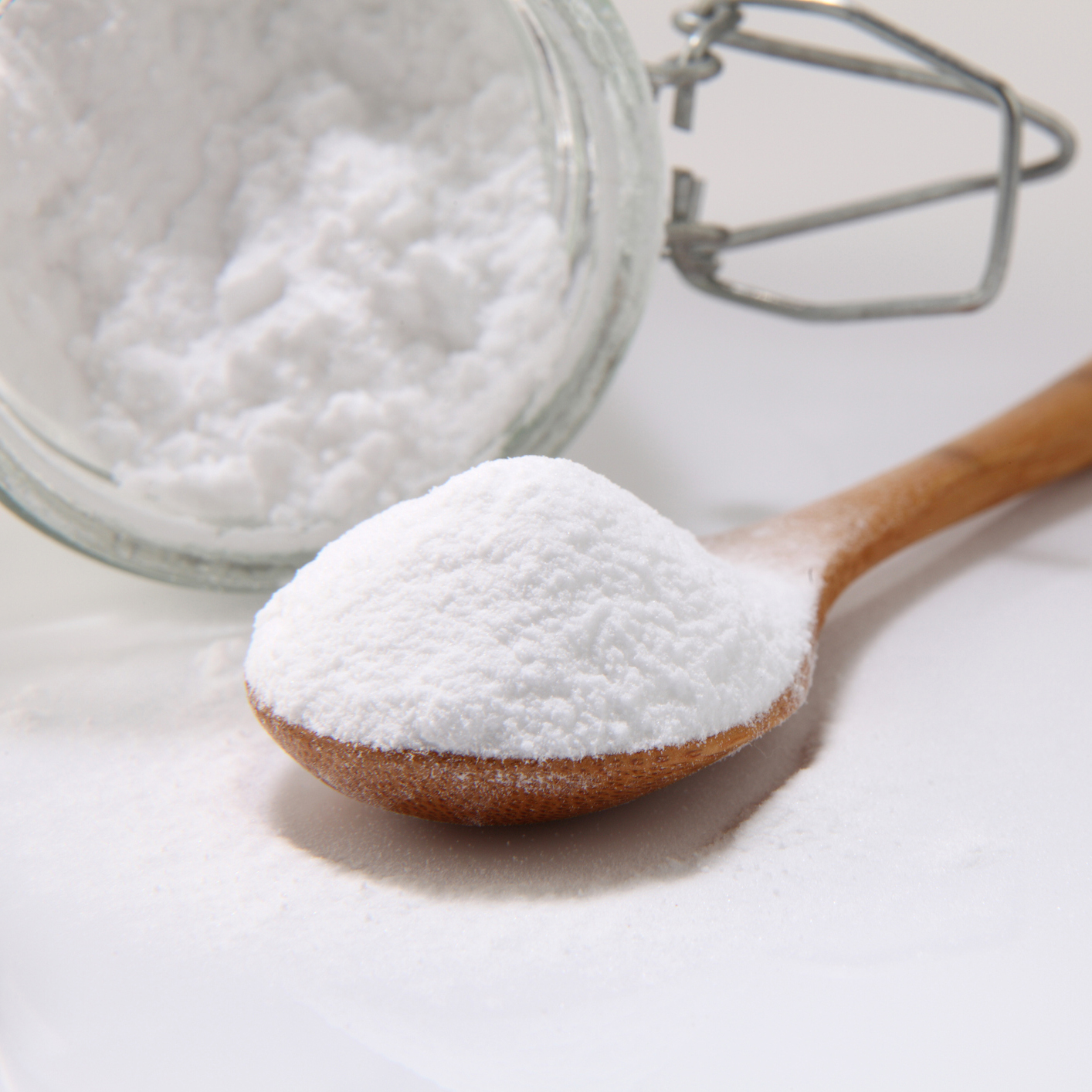
If you’re a keen baker, you’ve probably already got some bicarbonate of soda in your kitchen cupboards, also known as baking soda. Besides baking, it can also be used for cleaning and will help to remove the build-up of odors and debris in your washing machine.
Add two cups of baking soda into an empty machine and run a long, hot cycle. You can then repeat the process, but instead of adding baking soda, add two cups of white vinegar and run another long, hot cycle. The vinegar will break down any further deposits and remove moldy smells.







